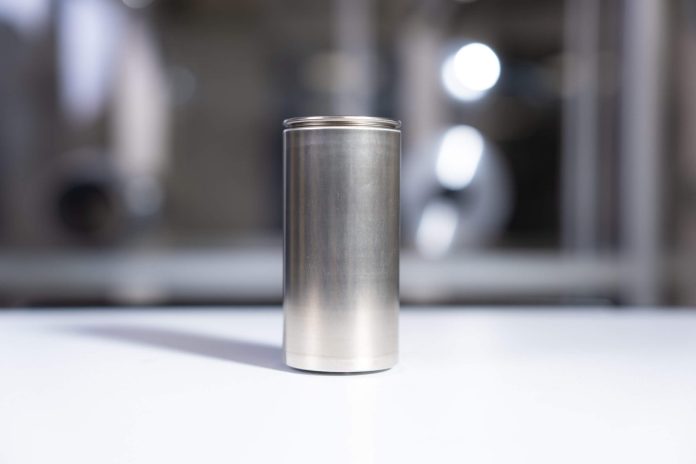Many electric vehicles are powered by lithium-ion batteries that rely on cobalt — a scarce, expensive metal with high environmental and social costs. A team of researchers from Japanese and French universities have now developed a practical nickel-based electrode material that opens new avenues to cobalt-free batteries for electric vehicles.
The researchers detailed their findings in a study published on Jan. 15 in the journal Energy Storage Materials.
“There is an undeniable need for cobalt-free, high-energy electrode materials for lithium-ion batteries,” said Naoaki Yabuuchi from Yokohama National University.
Lithium-ion batteries can be recharged when lithium ions flow from a positively charged electrode to a negatively charged electrode. In most lithium-ion batteries for portable electronics, the positive electrode contains lithium cobalt oxide (LiCoO2), a chemical compound that offers high stability and energy density.
However, the limited, fraught supply chain of cobalt creates a bottleneck for large-scale batteries, including the ones used in electric vehicles. In addition, cobalt extraction generates toxic waste that contaminates land, air, and water.
To address these issues, lithium nickel oxide (LiNiO2) — which is similar in structure to LiCoO2 — often serves as a cobalt-free alternative for electrode material. However, key instability issues plague the compound, specifically a gradual loss of capacity at the high-voltage region, which is associated with nickel-ion migration.
To improve electrode reversibility, nickel ions have been partially substituted by other metal ions, including reintroduced cobalt ions as well as manganese, aluminum and magnesium, to create “nickel-enriched layered materials” to serve as positive electrode materials.
“So far, 10-20 percent cobalt ions were necessary for nickel-based electrode materials,” Yabuuchi said. This, according to Yabuuchi, is still too much, and a unified understanding of how metal substitution can improve the process has not yet been established.
To address this knowledge gap, Yabuuchi and collaborators dug deeper into the problematic phase transition. When lithium ions leave the cathode under the influence of an external field, nickel ions migrate to specific sites within the lithium layers. Although this process is reversible, the reversibility gradually degrades through continuous cycles until the capacity is completely lost — a phenomenon not seen in cobalt-ion migration.
Previous studies reported that tungsten doping in LiNiO2 is an efficient approach to suppressing the detrimental phase transitions at high-voltage regions. Yabuuchi and collaborators tested the hypothesis that heavy, expensive tungsten ions could be substituted with other elements, specifically phosphorous — a lighter, more abundant element.
After detailed analysis on LiNiO2 integrated with nanosized lithium phosphate (Li3PO4), the researchers observed that, under certain conditions, problematic nickel-ion migration was effectively suppressed due to repulsive electrostatic interaction from the extra nickel ions within the Li layers. Moreover, from these findings, Li-deficient LiNiO2, Li0.975Ni1.025O2, with the extra nickel ions in Li layers, is also synthesized using a simple methodology without phosphorus integration. Results also showed how Li0.975Ni1.025O2 can effectively mitigate unfavorable nickel-ion migration, and deliver consistent reversibility without cobalt ions.
“These findings open a new direction to develop high performance and practical cobalt-free nickel-based electrode materials with an extremely simple and cost-effective methodology,” Yabuuchi said. “This material achieved the ultimate goal for high-performance nickel-based electrode materials.”
In future endeavors, the researchers plan to investigate the feasibility of a nickel-free material to support lithium-ion batteries.

